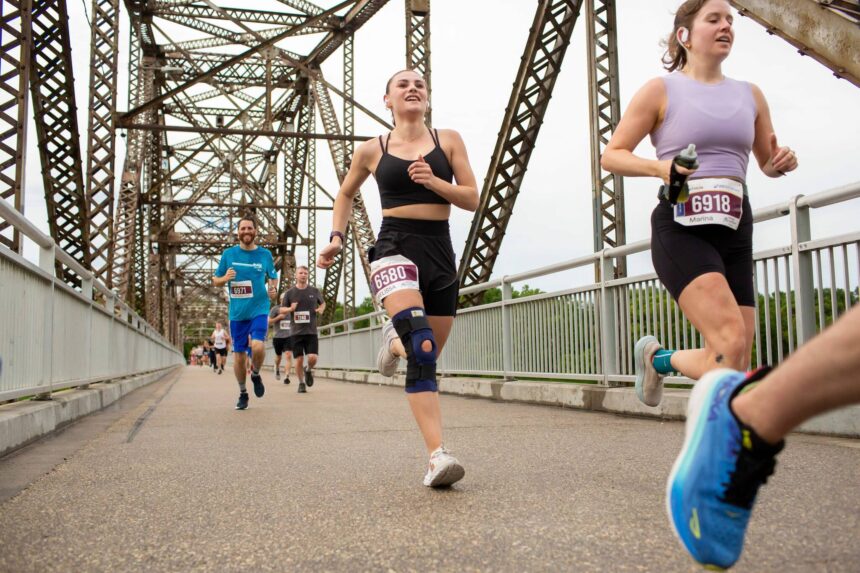The apocalyptic orange skies that have become an unwelcome summer fixture across Manitoba are forcing a fundamental rethinking of how outdoor sports operate in our changing climate. As wildfire smoke increasingly blankets our province, athletic organizations are implementing unprecedented safety protocols to protect participants from dangerous air quality conditions.
“We’ve reached a tipping point where ignoring air quality is no longer an option,” says Dr. Meredith Chen, respiratory specialist at the University of Manitoba. “What we once considered a rare inconvenience has become a seasonal health hazard that requires systematic response from every outdoor activity organizer.”
Manitoba Soccer has led this shift, becoming the first provincial sports body to implement mandatory Air Quality Index (AQI) thresholds for cancellations. Under their new guidelines, all matches and practices must be suspended when AQI readings exceed 150—a level classified as “unhealthy” by Environment Canada and increasingly common during summer months.
The ripple effects of these changes are being felt across Canada’s sports landscape. Marathon organizers in Winnipeg have introduced contingency planning that includes rescheduling options and indoor alternatives. The Manitoba Marathon, historically a June event, is considering a permanent calendar shift to avoid peak wildfire season.
“Five years ago, we’d never have imagined needing smoke protocols,” explains James Kowalchuk, director of Manitoba Marathon. “Now we’re investing in portable air quality monitors and training volunteers to recognize smoke-related health symptoms. It’s our new reality.”
For youth sports, the changes are particularly significant. Parents and coaches report that practice schedules now routinely include “air quality checks” alongside weather forecasts. School districts across the province have updated their outdoor physical education policies, with mandatory indoor alternatives when AQI exceeds moderate levels.
The economic impact extends beyond participation. Sporting goods retailers report surging demand for specialized masks designed for athletic performance in compromised air conditions. Meanwhile, indoor sports facilities are seeing unprecedented summer bookings as teams seek smoke-free alternatives.
“We’re operating at winter capacity levels throughout July and August,” notes Sandra Reimer, manager of Winnipeg Indoor Sports Complex. “Teams that would never consider indoor training during summer months are now booking regular sessions as insurance against smoke disruptions.”
Public health officials are applauding these proactive measures while emphasizing the genuine health risks posed by prolonged exposure to wildfire smoke. Health Manitoba has partnered with provincial sports associations to develop educational materials explaining how particulate matter affects athletic performance and long-term health.
Climate scientists indicate these adaptations may become permanent fixtures in Manitoba sports. Research from Environment Canada suggests wildfire seasons are extending by approximately two weeks per decade, with smoke dispersal patterns increasingly affecting central Canadian provinces.
“What we’re experiencing isn’t a temporary disruption but rather a preview of our new normal,” explains Dr. Robert Sanderson, climatologist at Brandon University. “Sports organizations making these adjustments now are simply acknowledging the reality of climate change impacts on outdoor activities.”
As athletes, coaches and families navigate this changed landscape, the question remains: how will traditional outdoor sporting culture evolve in response to these environmental challenges? Will seasonal schedules shift permanently, or will technological innovations—from advanced masks to air-filtered venues—emerge to preserve our outdoor sporting traditions despite increasingly compromised air quality?










